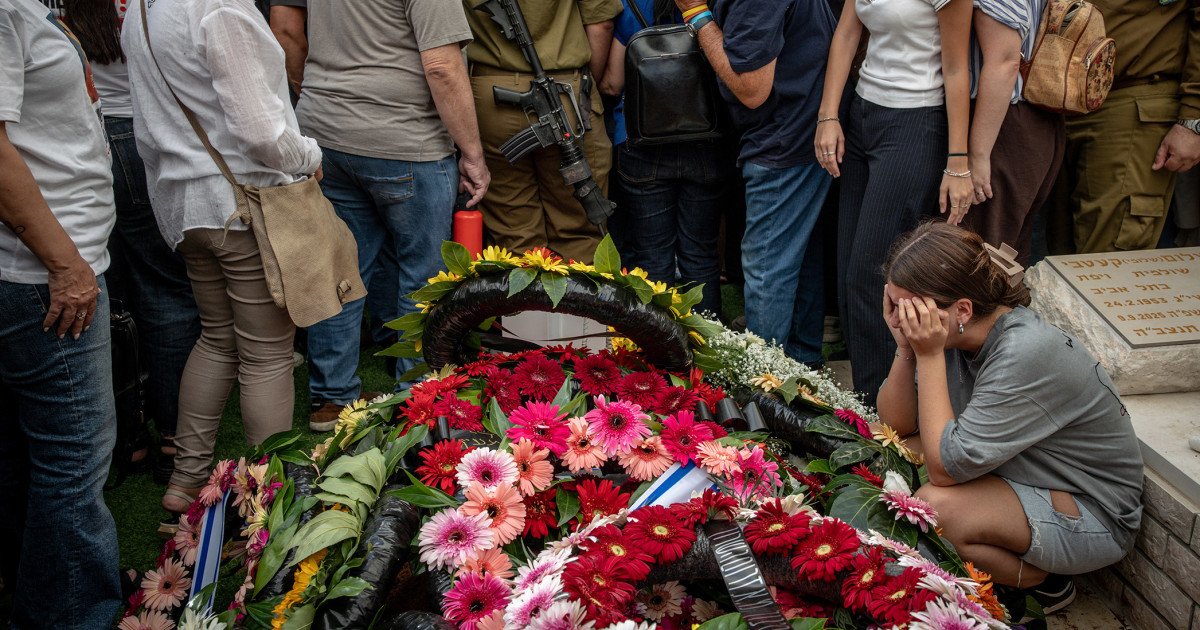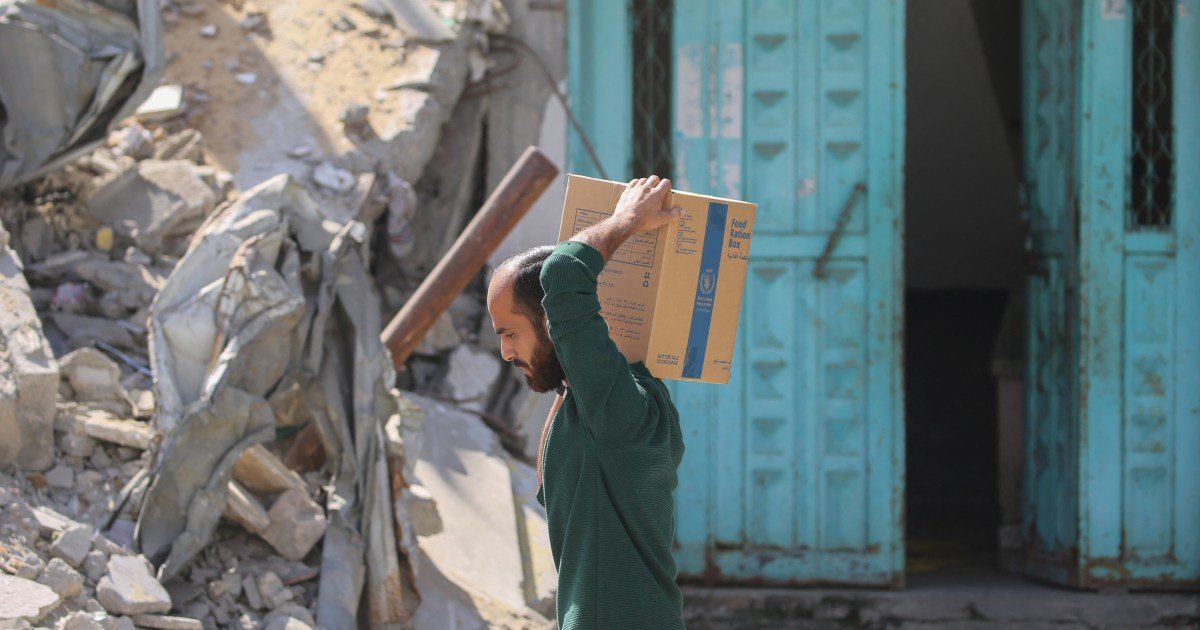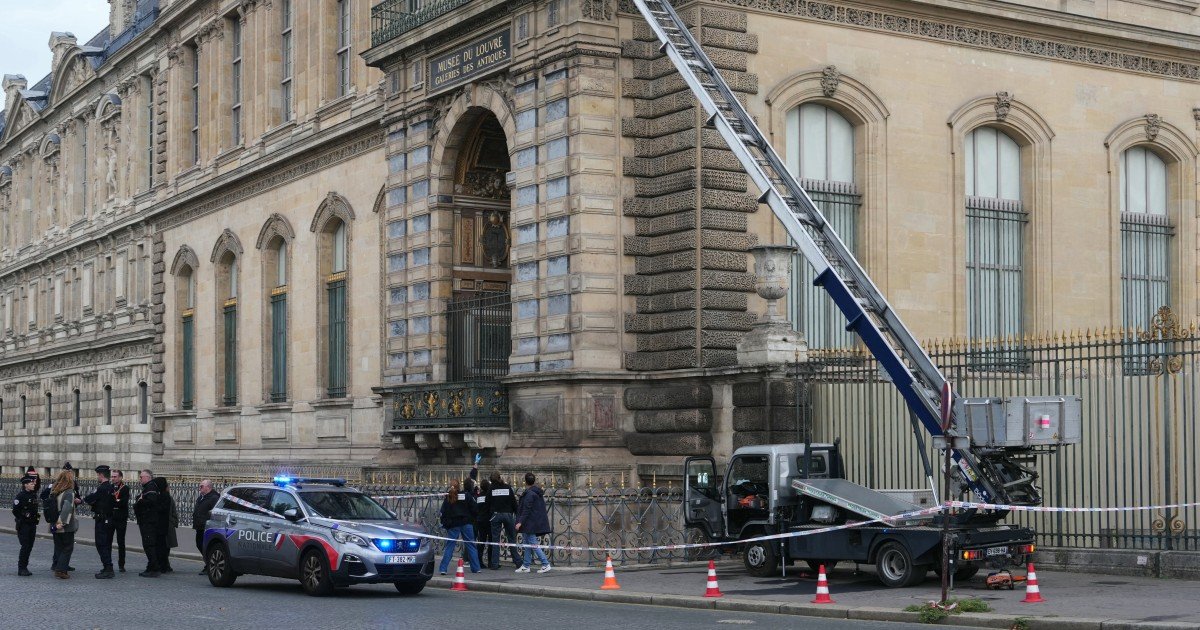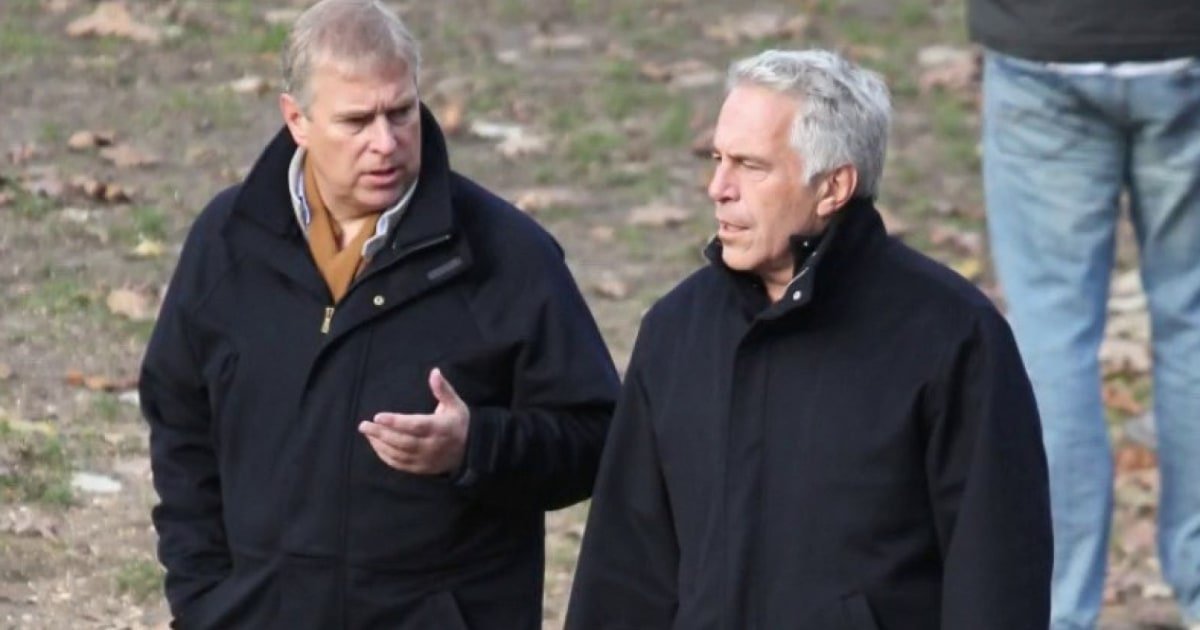Aid delivery remains critical in Gaza, United Nations agencies have warned, as Israel continues to keep key border crossings closed that are vital for bringing food to famine-stricken areas.
Israel’s military earlier this week informed the UN that it would halve the amount of aid expected to enter Gaza due to the slow release of the remains of Israeli hostages, a key point of contention between Hamas and Israel.
The bodies of three hostages were returned to Israel on the last day and the ceasefire continued to hold, however, the United States issued a warning to Hamas in case it attempted to violate the agreement with an attack against the Palestinians.
The World Food Program supplies approximately 560 tons of food each day, its spokesman, Abeer Etefa, told reporters on Friday. However, the agency faces challenges in increasing the quantity as key crossings remain closed, and in its delivery due to destroyed roads.
“The first stop is for the Israelis to open [these crossings]. “It’s very important to have these openings in the north,” Jens Larke, spokesman for the U.N. Office for the Coordination of Humanitarian Affairs, said Friday. “That’s where the famine took hold.”
Etefa said there are only two operational crossings and none in the north, where the crisis is most acute.
“We’re still short of what we need. But we’re getting there,” he said. “Roads are blocked and destroyed, which is a huge limitation on transportation.”
Remains returned to Israel and Gaza
Israel says Hamas is delaying the release of dead hostages left inside Gaza, while Hamas says it will take time to search for and recover bodies buried under rubble.
In On Saturday afternoon, Israel said it had received the bodies of two hostages, leaving the bodies of 16 more in the enclave.
On Sunday, the IDF identified a set of remains as those of Ronen Tommy Engel. The identity of the second person has not been publicly revealed.
The IDF previously said it had received the remains of a hostage later identified as 75-year-old Eliyahu Margalit.
Engel and Margalit, both from Kibbutz Nir Oz, were killed on October 7 and their bodies taken to Gaza, the IDF said.
Gaza’s Health Ministry said on Saturday it had received the bodies of 15 Palestinians freed by Israel, some of whom it said showed signs of beatings and abuse.
The IDF has not responded to NBC News’ requests for comment on the allegation that the returned bodies showed signs of torture.
On Saturday, Israeli Prime Minister Benjamin Netanyahu indicated that the Rafah crossing between Gaza and Egypt would remain closed “until further notice” after earlier plans to reopen it, citing disagreements over the remains of hostages. The opening “will be considered depending on how Hamas fulfills its part of returning the abductees,” his office said in a statement.
Fragile ceasefire
Even as the ceasefire between Hamas and Israel holds, Israeli forces have killed Palestinians.
Israeli forces killed at least nine people on a bus on Friday, Gaza’s Civil Defense agency said in a statement on Saturday.
The IDF said its troops had “opened fire” on the vehicle, which had crossed the “yellow line.” The IDF had initially fired “warning shots,” but the vehicle continued to approach in a manner “that caused an imminent threat,” he said. “Troops opened fire to eliminate the threat, in accordance with the agreement,” the army added.
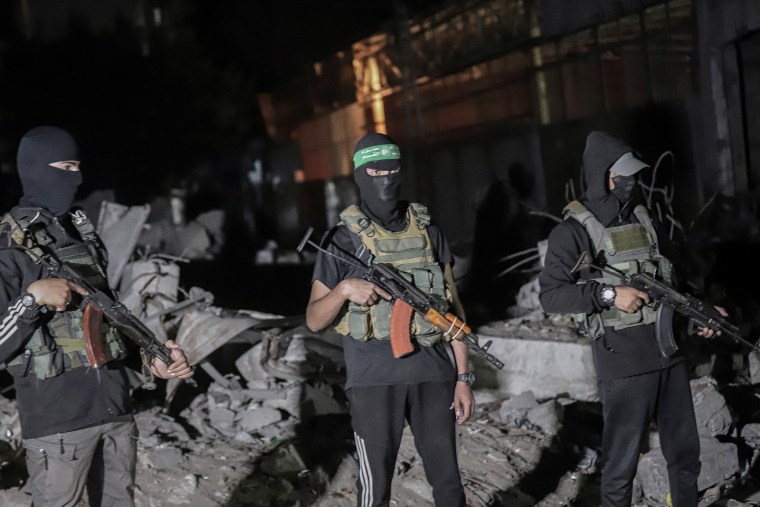
That line separates the area that Israeli forces still occupy from the areas from which they have withdrawn as part of the ceasefire agreement. On Friday, the Israeli defense minister said the line would be physically marked and warned that any intruder would be attacked.
The United States is also concerned about reports that Hamas attacks Palestinian civilians, a senior US adviser said this week. The United States is working with Israel to create safe zones behind the yellow line for people who feel threatened, the adviser said.
On Saturday, the US State Department said in a social media post that there have been “credible reports indicating an imminent violation of the ceasefire by Hamas against the people of Gaza.”
“This planned attack on Palestinian civilians would constitute a direct and serious violation of the ceasefire agreement and would undermine the important progress achieved through mediation efforts,” he said.
No further information was immediately available. The State Department indicated in its statement that efforts would be made to ensure that the ceasefire holds “should Hamas proceed with this attack.”
“The United States and other guarantors remain resolute in our commitment to ensuring the safety of civilians, maintaining calm on the ground, and promoting peace and prosperity for the people of Gaza and the region as a whole,” the statement said.
Keeping up with food demand
Two years of war and Israeli restrictions on aid have brought Gaza’s population to the brink of famine, with the world’s leading authority on hunger declaring a famine in August in part of northern Gaza, including Gaza City. Israel allowed very few aid trucks in and aid began to pile up outside the crossings.
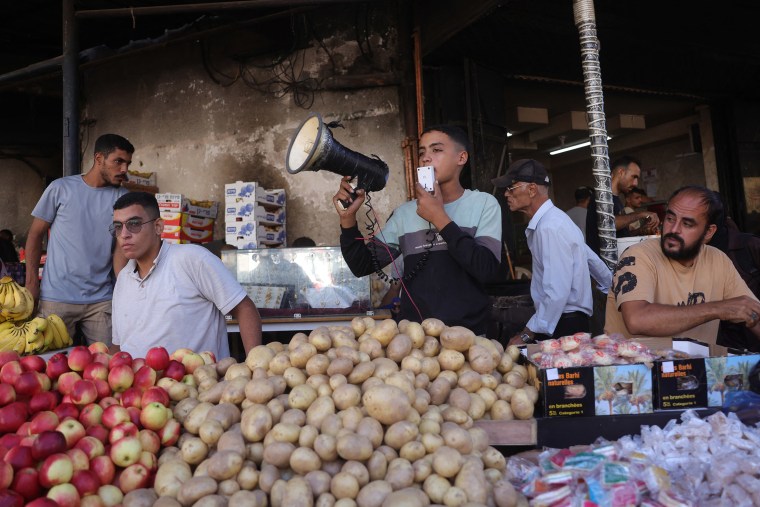
As of Thursday, Israel had allowed about 950 trucks into Gaza, according to figures Israel provided to mediators, Stéphane Dujarric, spokesman for U.N. Secretary-General António Guterres, told reporters on Friday.
The WFP also said it was trying to increase food production capacity inside Gaza. Over the past two weeks, nine bakeries in Deir al-Balah and Khan Younis have produced a daily average of more than 100,000 packages of bread.
However, he said, “the amount of nutritious food aid entering Gaza is still insufficient to address the severe hunger conditions.”
Tom Fletcher, UN Under-Secretary-General for Humanitarian Affairs, visited bakeries in Gaza on Friday and cited the supply of ingredients and fuel to power bread-making machines as critical factors.
He said in a post on The enclave had a population of about 2 million people at the start of the war.




